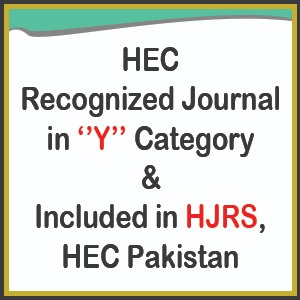Tunable Pulse Amplitude and Position Modulation Scheme
DOI:
https://doi.org/10.55447/jaet.04.01.20Keywords:
Modulation, OOK, Bit Error Rate, Hybrid ModulationAbstract
In optical communication applications, there are always trade offs between system performance and costs. Therefore, there is need to design a modulation technique to prevent this problem in terms of their power and bandwidth requirements. Basic technique such as On Off Keying (OOK), Pulse Amplitude Modulation (PAM) and Pulse Position Modulation (PPM) have been validated as suitable for the optical wireless channel. The method employ amplitude and position modulation technique, a guaranteed system performance can be secured, without compromising power and bandwidth. The example model will stabilize the Bit Error Rate (BER). However, a latest modulation technique which is combining L-level pulse-position modulation (L-PPM) and L-level pulse-width modulation (L-PWM) which have a relatively low bit error rate and improved power and bandwidth efficiencies is the better hybrid modulation compared to the Pulse Amplitude and Position Modulation. Extensive simulations using a Matlab will be carried out to validate this two technique.
Downloads
Published
How to Cite
Issue
Section
License
Copyright (c) 2020 Journal of Applied Engineering & Technology (JAET)

This work is licensed under a Creative Commons Attribution-NonCommercial-NoDerivatives 4.0 International License.












